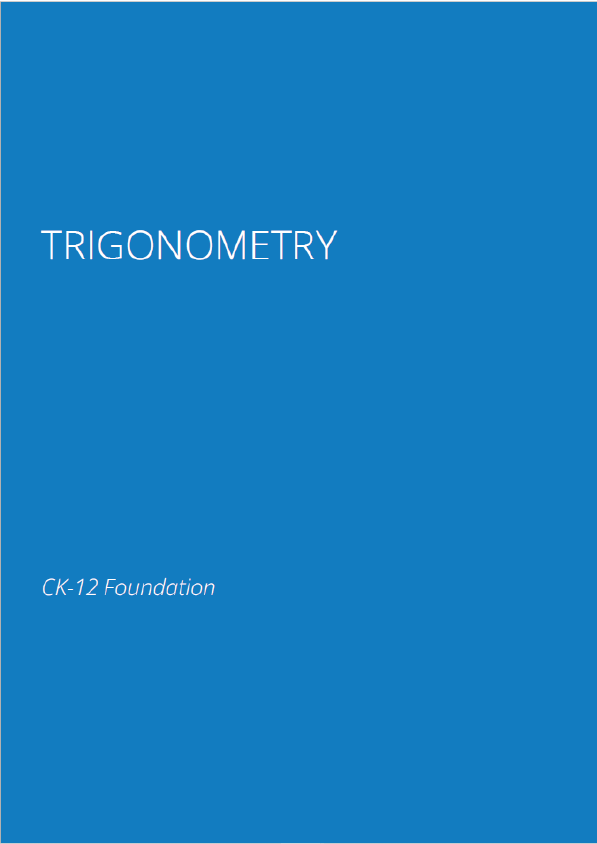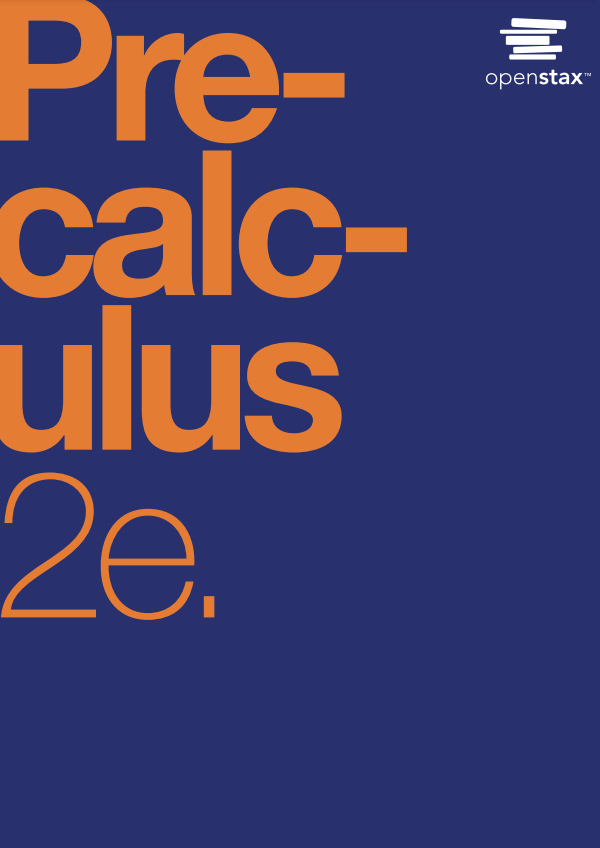Lengths of Triangle Sides Using the Pythagorean Theorem
You’ve just signed up to be an architect’s assistant in a new office downtown. You’re asked to draw a scale model of a sculpture for a business plaza. The sculpture has a large triangular piece where one of the angles between the sides is ninety degrees. This type of triangle is called a ‘‘right triangle’’. The architect you’re working for comes into the room and tells you that the sides of the triangle that form the right angle are 9 feet and 12 feet. Can you tell how long the third side is?
The Converse of the Pythagorean Theorem
The Pythagorean Theorem states that for a right triangle the square of the length of the hypotenuse is equal to the sum of the squares of the lengths of the other two sides. This theorem can be modeled by the equation where ‘ ’ represents the length of the hypotenuse, ‘a’ represents the length of one leg and ‘b’ represents the length of the other leg.
The Pythagorean Theorem can be used to calculate the length of an unknown side of a right triangle. The Converse of the Pythagorean Theorem states that if the square of the length of one side of a triangle is equal to the sum of the squares of the lengths of the other two sides, then the angle opposite the longest side is a right angle. A triangle that contains a right angle is a right triangle.
Let’s look at the converse of the Pythagorean Theorem in action.
Determine whether or not the following triangles (which may not be drawn to scale) are right triangles. If the triangle is a right triangle, make any necessary changes to the triangle and draw it correctly.
While working as an architect’s assistant, you’re asked to utilize your knowledge of the Pythagorean Theorem to determine if the lengths of a particular triangular brace support qualify as a Pythagorean Triple. You measure the sides of the brace and find them to be 7 inches, 24 inches, and 25 inches. Can you determine if the lengths of the sides of the triangular brace qualify as a Pythagorean Triple?
Pythagorean Triples
Pythagorean Triples are sets of whole numbers for which the Pythagorean Theorem holds true. The most well-known triple is 3, 4, 5. This means that 3 and 4 are the lengths of the legs and 5 is the hypotenuse. The largest length is always the hypotenuse. If we were to multiply any triple by a constant, this new triple would still represent sides of a right triangle. Therefore, 6, 8, 10 and 15, 20, 25, among countless others, would represent sides of a right triangle.











